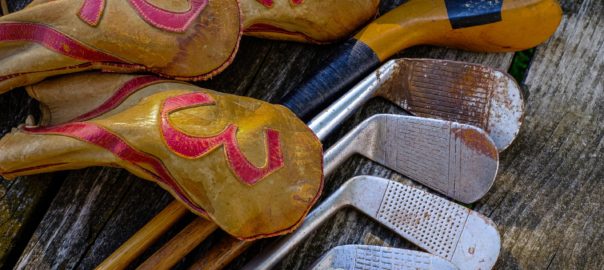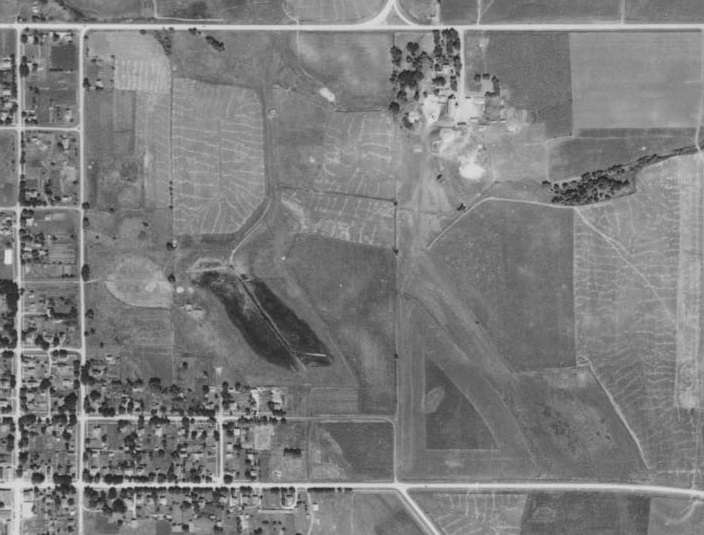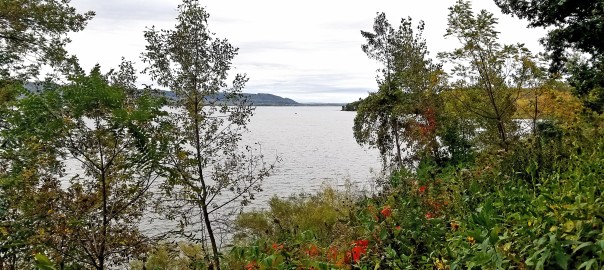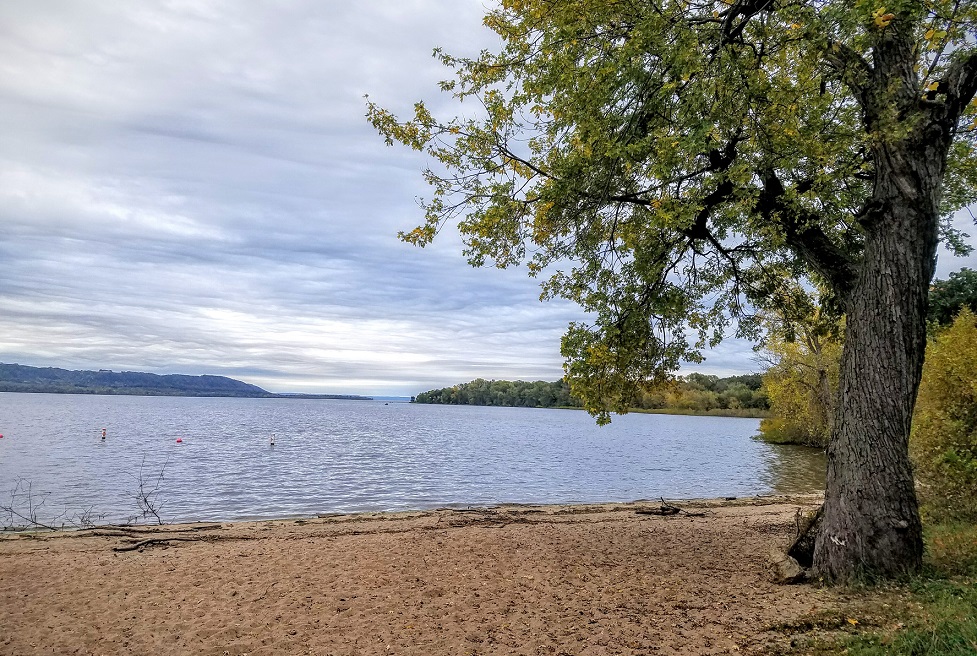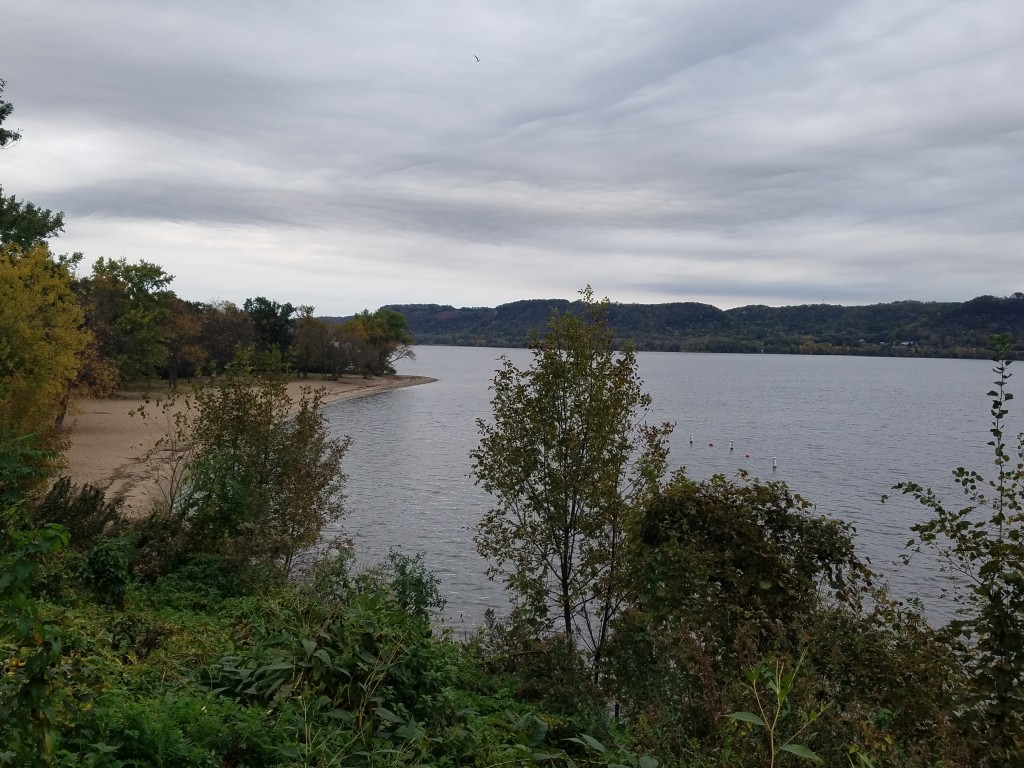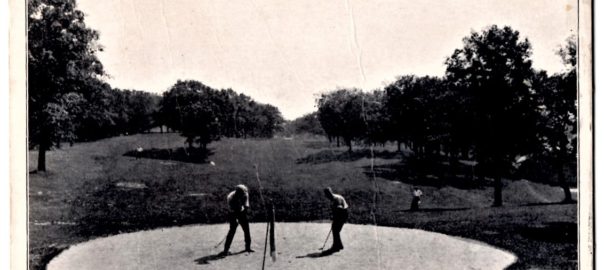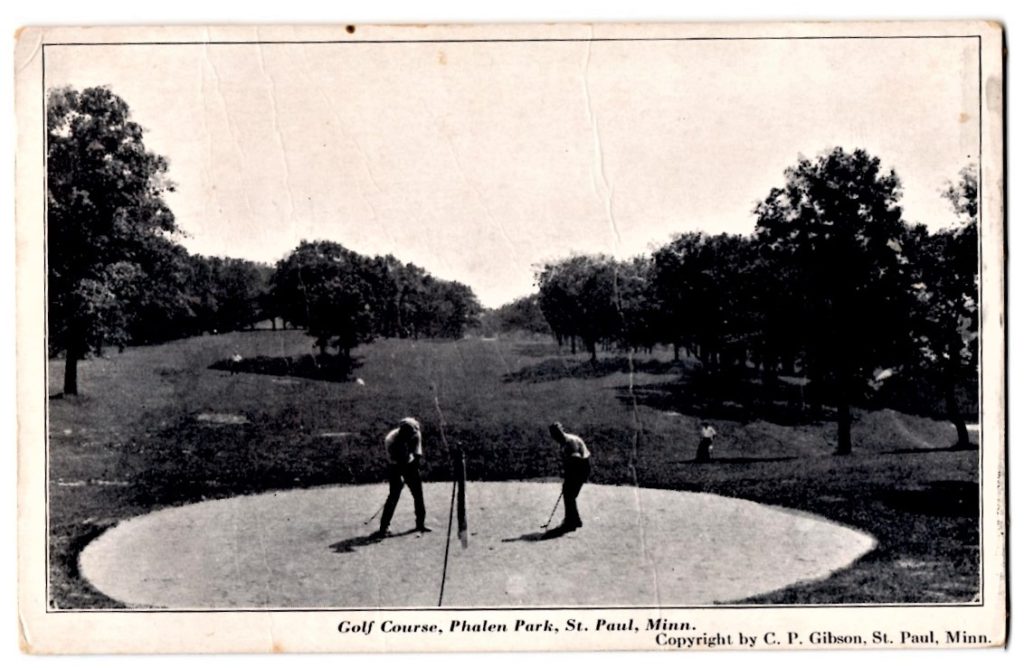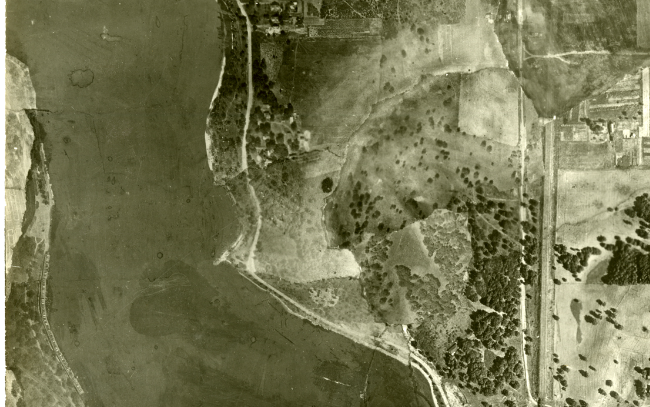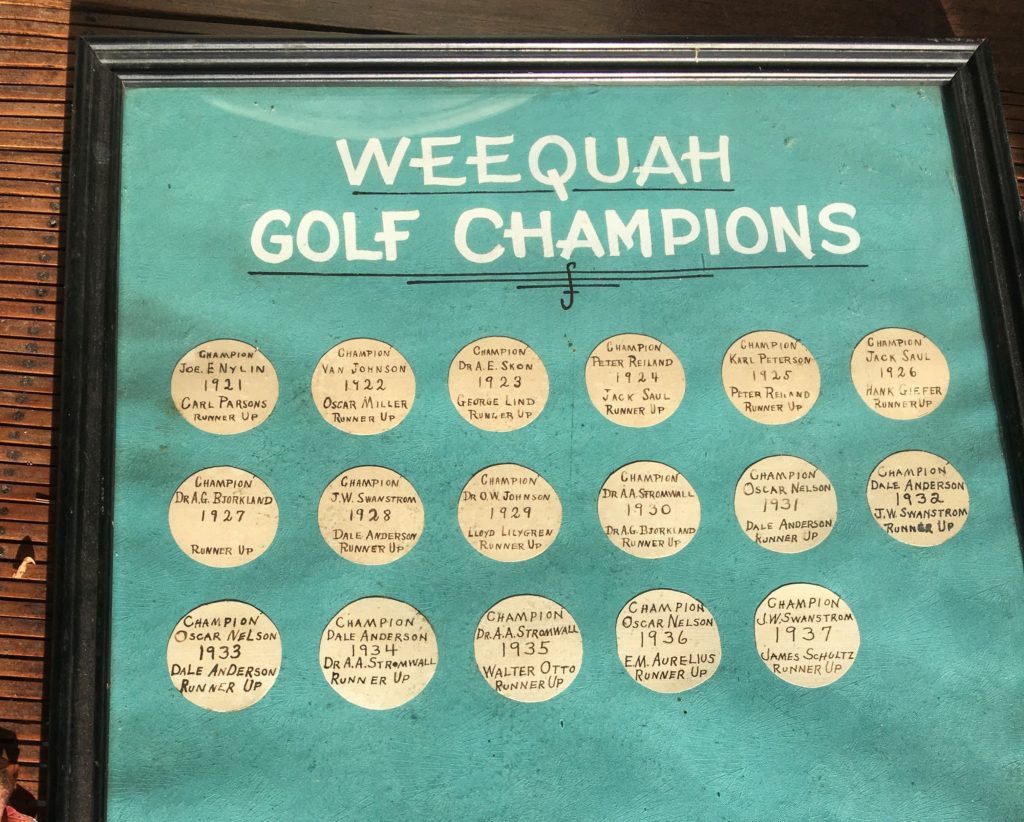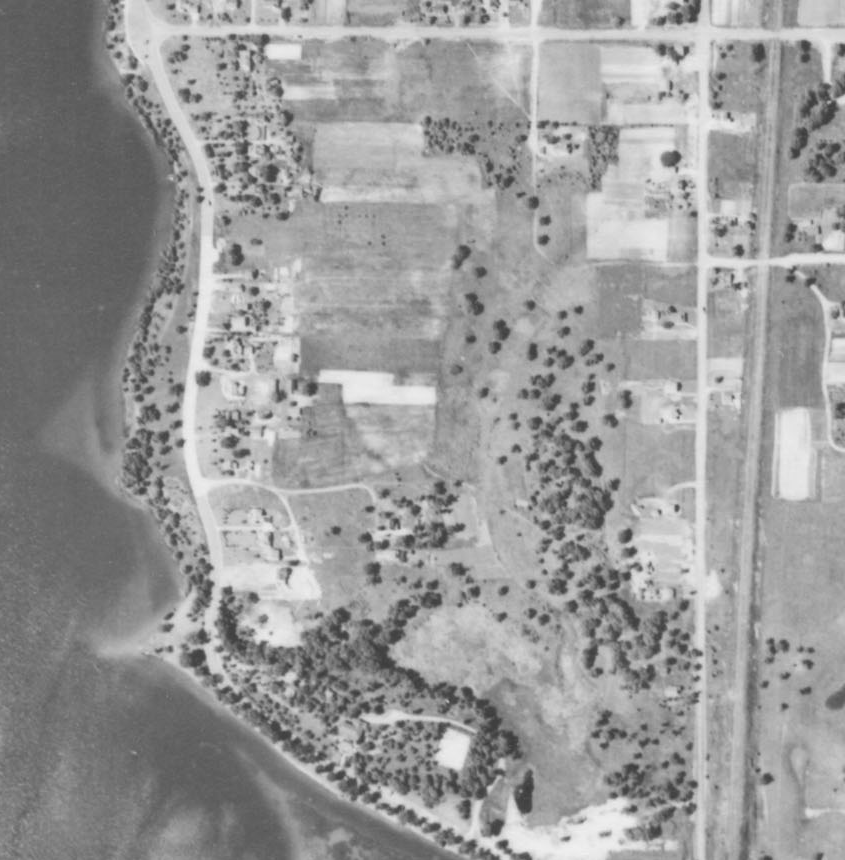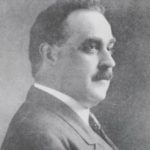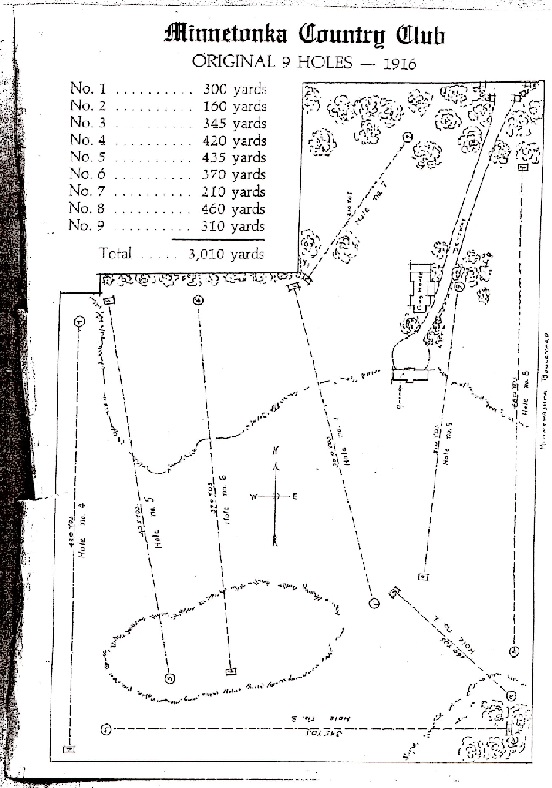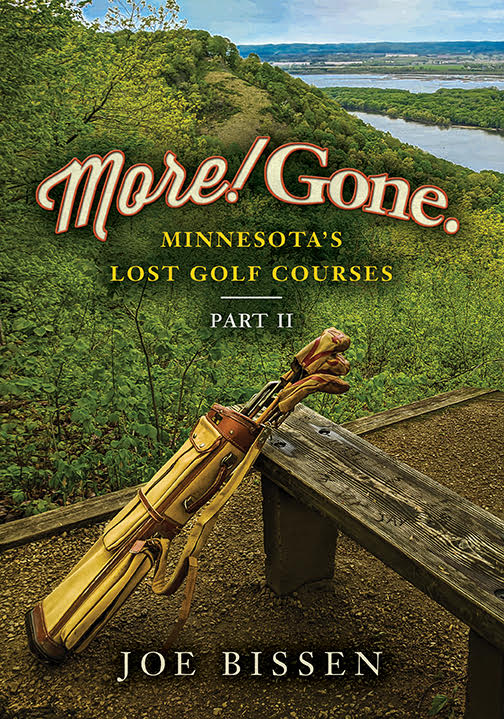Ben Hogan, asked about his indefatigable search to hone the perfect golf swing, famously replied, “I dug it out of the dirt.”
Props to you, Ben. We can dig it, though certainly not to your level (four U.S. Opens, two PGAs, two Masters, one British Open). Matter of fact, for most of us pedestrian double-digit sloggers, the concept of digging it out of the dirt generally has to do with stubbing an L-wedge two inches behind the intended point of impact and propelling the ball four feet forward.
Carrying the concept over to Minnesota’s lost golf courses, digging also produces mixed results. For instance, I searched, often exhaustively, over years even, and still sometimes came up with no answers to this existential question: Was there a golf course there or not?
With 233 Minnesota lost courses now identified, I’m turning to a group of maybes. That is, maybe there was a golf course there, maybe there wasn’t. In many cases, I’d bet there was, but I could just never confirm it.
I know there are people who know about some of these places. I’d love to be hear from them.
Digging in:
St. Louis Park: It’s been close to 10 years since an e-mailer wrote that a relative had told her of a golf course owned by Jean Pierre Butte (aka John Peter Hill, she wrote) on land “approximately located in St. Louis Park between Brunswick Avenue South to the west, Cedar Lake Road to the south, 16th Street West to the north, and beyond Zarthan Avenue South to the east.” The e-mailer offered no other details.
A decade later, I remain puzzled.
I believe that land would now be in the vicinity of Park Place Plaza, where there is a Home Depot and a Costco, or possibly a block or three west of that. I searched newspaper archives and a smattering of old St. Louis Park and Minneapolis city directories and came up with no evidence of such a course.
The aerial photo below shows this area in 1937. After that date and to the present, there is much more residential and apparently commercial development. The road at the top is what is now I-394; the road at the bottom that crests to the north is Cedar Lake Road. When I look for lost golf courses in aerial maps, there are two telltale signs: clear patterns of fairways, and small white dots that indicate sand greens. I see a couple of such dots in this photo — not the larger, horizontal ovals near the top — but I doubt they were golf-course greens.
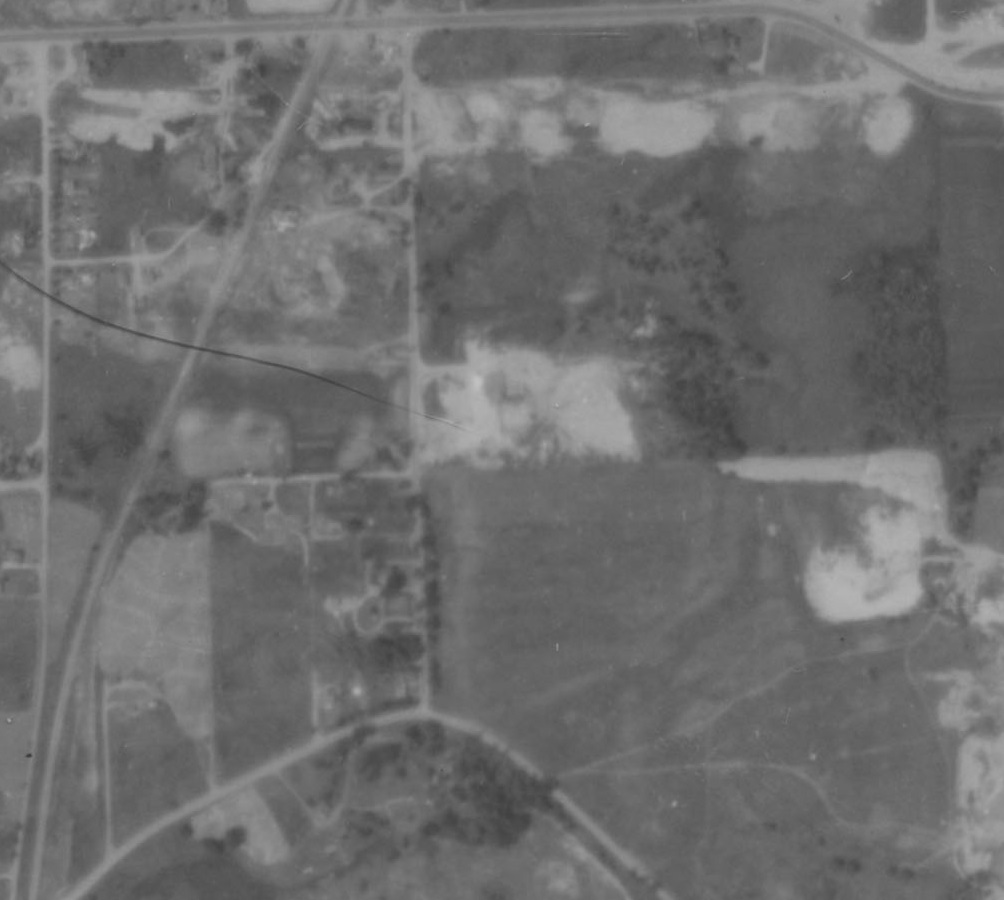
Big Lake: From a note copied from a newspaper issue of July 31, 1924 — I failed to mark the exact source but I suspect it was the Sherburne County Star News — I have this:
“Engineer FW Nickerson this week has completed a plat of the Thomas farm on the west shore of Lake Mitchell at Big Lake. … The plat includes some nice lake shore lots and a proposed golf course back from the lake. The course will extend back across the Elk River, which should make it more attractive.”
An aerial photo from 1938 shows no signs of a golf course.
Duluth: A couple of years ago, a man in the east Metro told me about a course that used to be where the Miller Hill Mall is now. I spent almost 16 years in Duluth one winter’s day no that’s a joke starting in 1981 and never heard of such a place, but the man lived in Duluth, knew his golf, and I bet he was right. (I’m almost certain he wasn’t referring to the lost Maple Grove Golf Acres course just up the road in Hermantown.)
Hollandale: A story in the Albert Lea Tribune of May 2, 1931, which went into detail about the establishment of the long-lost Recreation Course in that city (“Albert Lea, Part II: A little recreation, a little history”) also mentioned plans for a course to be built that summer at Hollandale, 11 miles to the northeast of Albert Lea. No other details were offered, and I never found evidence the course was built.
Lake Wilson: Also stumbled across a reference to this Murray County city and an impending establishment of a golf course in the April 27, 1930, Minneapolis Star Tribune:
“Dr. Stanley S. Chunn has been elected president of the newly organized Lake Wilson Golf club, and G. A. Swenson will serve as the first secretary. A number of sites for the course are under consideration and selection will be made soon.”
That sent me to archives of the Lake Wilson Pilot. Seventeen days earlier, the Pilot reported that an organizational meeting for a golf and possibly tennis club would be held. And on April 17, a Pilot story was headlined, “Lake Wilson Again Will Have Golf Links.” (The “Again” in the headline is intriguing — did Lake Wilson have a course before 1930?)
The latter story said a $5 membership fee had been established, and that “a number of sites” were being considered for the golf course. But I never found evidence that a course ever was built.
Janesville: As it relates to the headline in this post, Janesville apparently falls under “just my imagination.”
A July 3, 1927, story about a tournament for the Southern Minnesota Golf Association mentioned this city as a member club. Janesville was not listed as an association member in stories I found from 1926 and 1932. The city’s current course, Prairie Ridge, is near the northwestern corner of town, and was established in 1995, according to Internet entries.
An aerial photo from 1938 shows land just to the west east of the city limits and I believe bordering what is now Old Highway 14 to the south, with patterns that conspicuously look like hole routings on a golf course. See below, courtesy of the Borchert Map Library.
These patterns had blended into the surrounding area in aerials from 1951, suggesting the course had closed by then.
Someone in Janesville surely knows about this. I don’t know anyone in Janesville. But the Waseca County Historical Society was kind enough to have searched newspaper archives and talked to a few of the locals, and nobody knew about a Janesville course predating Prairie Ridge.
So, no lost golf course at Janesville. Somebody prove me wrong. Please.
Battle Lake: I thought I had a bead on this area seven or eight years ago. Now the bead has been turned into a blob — a faded blob in my memory banks.
Someone told me of cross country ski trails that wound through part of Glendalough State Park, just northwest of Battle Lake. I looked at historic aerial photos and at one time thought I spotted a surefire golf course routing, maybe on the south shore of Lake Blanche, but now I’m not finding it.
Also, the Minneapolis Tribune ran a classified ad on June 3, 1973, advertising a “proposed golf course” at a Chippewa Island resort on East Battle Lake. Have to say I’m clueless on that as well.
Update, 2024: A Glendalough Park employee has told me that previous owners of the land plotted two or three holes onto the site. Hence, not a lost golf course. Got to have at least five holes for me to consider it a golf course.
Dawson: The Dawson Golf Club website and other Internet entries place 1928 as the year the course was established in the small Lac qui Parle County city. I know of two newspaper references to Dawson Golf Club having played in competitions against other clubs in the area, in 1922 and ’23. Perhaps a lost course in town before the current one came along? I have no idea, but it wouldn’t be even remotely unheard of.
Montevideo: Two golf courses in this western Minnesota city at one point? I’m not sure. GolfLink, a website that posts generally reliable info on courses’ years of establishment, says River Crest in Montevideo (formerly The Crossings, presumably a different name even before that) was established in 1923. Got it so far. The plot thickens, though, when I see a Minneapolis Star story from June 14, 1932, that mentions a Minnesota Valley Golf Association tournament to be played at Montevideo Golf club. Among clubs participating would be “… Monte-Sota Golf club of Montevideo and the Montevideo Golf club.”
In May 1930, a Minneapolis Sunday Tribune story mentioned the same two golf clubs — same city, different clubs. And a Monte-Sota Golf Club of Montevideo was incorporated on May 10, 1930, according to papers presumably held by the Minnesota Secretary of State.
I see only four Monte-Sota references, none dating past 1934.
I can’t account for what to me looks like two golf clubs (albeit maybe not courses) in the same city.
Belle Plaine: “Tri-City Golf Club Planned,” read a small headline on a one-paragraph story in the Tribune of March 31, 1929. “Plans are under way here for the organization of the Tri-City Golf club, membership of which will be drawn from Belle Plaine, Jordan and New Prague,” read the item.
I poked around aerial photos of the Belle Plaine area from the 1930s and saw no golf course.
Clearbrook: I never found confirmation of a golf course in this city 30 miles northwest of Bemidji, but I found newspaper clips from 1930 and 1933 saying a Clearbrook club would play at a Red River tournament at Crookston, and mentions of Wayne Randall and Hardine Anderson of Clearbrook playing in area tournaments.
There are at least a dozen other places not mentioned here in which I found hints of courses abandoned or planned that aren’t listed on my map or mentioned in my writings. Off the top, I can think of Adrian, Aitkin (15 miles west of town, an old golf guide said) and Gilbert (not the Eveleth or Eshquaguma courses, as far as I could tell). At this point, I’m just about prepared to leave it at that, unless someone reading this or other postings can (please?) tell me more.
Cheers.
